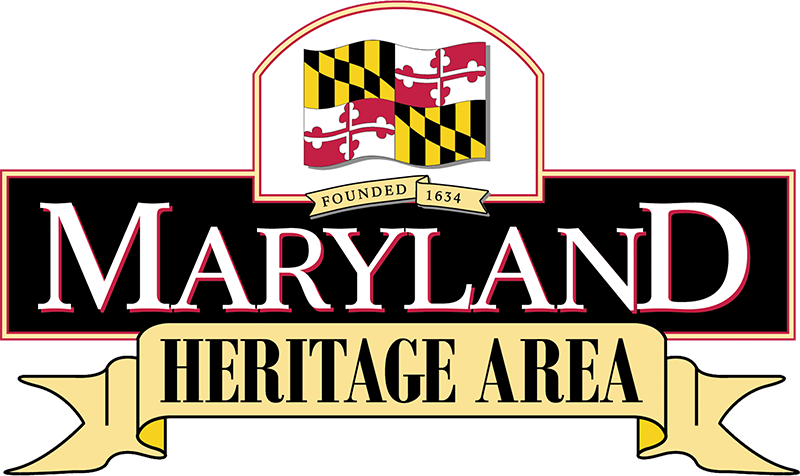A pivotal battle of the Civil War, the Battle of Antietam was fought on September 17, 1862, and was the bloodiest single day of combat ever on American soil.
The Battle of Shepherdstown occurred in September 1862 when Union forces crossed the Potomac to attack the rear of the Confederate Army as it retreated from the Antietam battlefield.
The September 17, 1862 Battle of Antietam was the bloodiest single day in American military history, stopping the Confederates’ first drive north of the Potomac River and leading to the issuance of the preliminary Emancipation Proclamation.
At the October 21, 1861 Battle of Ball’s Bluff, the Confederate force routed the Union force on the heights overlooking the Potomac River in Loudoun County,Virginia.
At the October 16, 1861 Battle of Bolivar Heights, Confederate Col. Turner Ashby unsuccessfully attacked a Union force commanded by Col. John W. Geary.
The three-day Battle of Gettysburg, a Union victory, was the single bloodiest battle during the Civil War, and stopped the furthest Confederate advance into Union territory.
During the Battle of Harpers Ferry, three separate Confederate commands surrounded the town and recorded the single largest capture of Union troops during the war.
The Battle of Monocacy, often called “The Battle that Saved Washington,” delayed the Confederate army’s march on Washington, D.C. until after Union reinforcements arrived.
In the July 4, 1863 Battle of Monterey Pass, Confederate cavalry attempted to hold off Union cavalry that sought to attack the Southern wagon train retreating from Gettysburg.
The ford near Shepherdstown, West Virginia, was a major crossing point on the Potomac River during the Civil War, and was the scene of the 1862 Battle of Shepherdstown.
The Chesapeake & Ohio Canal was an important supply line for the Union, and was often a target of Confederate troops.
During Corbit’s Charge, Union Captain Charles Corbit led a spirited charge against Confederate Maj. Gen. J.E.B. Stuart’s cavalry division at Westminster, Maryland.
Crampton’s Gap was the scene of one of a series of battles for control of the mountain passes in the Battle of South Mountain during the Maryland Campaign of 1862.
Doubleday Hill was the site of an early Union battery that was established at Williamsport, Maryland on a hill that overlooked a prominent ford on the Potomac River.
This small church was the central point of a number of Union attacks on the Confederate left flank during the Battle of Antietam.
Controlled by Union forces, this was an important Potomac River crossing site during several campaigns.
At the July 2, 1861 First Battle of Falling Waters, Union Maj. Gen. Robert Patterson’s army defeated a smaller Confederate army near Hainesville, Virginia (now WV).
Fox’s Gap was the scene of one of series of battles for control of the mountain passes in the Battle of South Mountain during the Maryland Campaign of 1862.
The George Rizer farmstead was a campground for Union troops during the 1863 Gettysburg Campaign and the scene of a skirmish during the 1864 Monocacy Campaign.



